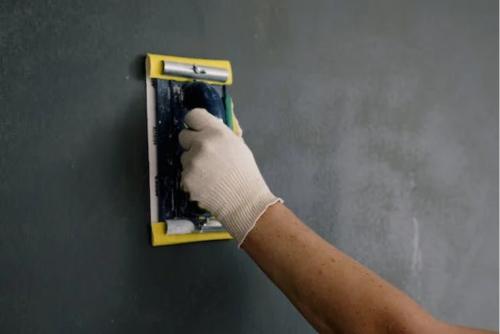Preservation and Conservation Techniques for Plaster Walls

Preserving the rich history and architectural beauty of historic buildings is a task that requires skill, knowledge, and dedication. One crucial aspect of restoring such structures is the preservation and conservation of their original plaster walls. These walls carry the stories of the past, and their restoration requires careful techniques to maintain their integrity. In this article, we will explore the essential techniques involved in restoring historic plaster walls, ensuring their longevity for generations to come.
Understanding Historic Plaster Walls
It has a rich heritage that dates back centuries, and comprehending its significance and characteristics is fundamental to a successful restoration project. By gaining a deeper understanding of it, restoration professionals and enthusiasts can approach the preservation process with greater knowledge and sensitivity.
Historical Context
To truly appreciate, it is essential to explore their historical context. Plaster has been used as a wall finish for thousands of years, with notable examples found in ancient Egyptian, Greek, and Roman architecture. Understanding its historical evolution of it helps in identifying different plastering techniques, materials, and styles used across different periods.
Construction and Composition
It typically consists of a combination of materials, including lime, sand, and sometimes animal hair or other additives. The composition may vary depending on the period, geographical location, and available resources. Understanding the specific composition of it in a particular historic context can guide restoration efforts, ensuring the use of appropriate materials and techniques.
Pre-Restoration Assessment and Preparation
Before embarking on the restoration of it a thorough assessment and proper preparation are essential. This stage sets the foundation for a successful restoration process and ensures that potential issues are identified and addressed appropriately.
Comprehensive Inspection
A comprehensive inspection of it is the first step in the pre-restoration phase. This involves examining the walls closely, both visually and through touch, to identify any visible signs of damage, such as cracks, bulges, or areas of deterioration. It is important to inspect the walls from different angles and lighting conditions to capture a complete picture of their condition.
Structural Evaluation
During the inspection, it is crucial to assess the underlying structural stability of it. This evaluation helps identify any structural issues, such as compromised lath or framing, that may impact the integrity of the plaster. Engaging the expertise of a structural engineer or a qualified professional can provide valuable insights into the structural soundness of the walls.
Documentation and Record-Keeping
Preserving the original state of it is crucial for maintaining authenticity and providing a reference for future restoration efforts. Documentation and record-keeping play a vital role in capturing the condition of the walls before restoration, aiding decision-making processes, and ensuring accurate replication of historical elements.
Importance of Documentation
Documenting the existing condition of it serves as a valuable resource throughout the restoration process. It helps to establish a baseline for comparison, track progress, and maintain a historical record of the building. Documentation provides insights into the original craftsmanship, materials used, and any unique architectural features that should be preserved.
Photography
Photographs are an essential tool for capturing the visual details of it. High-resolution images should be taken from various angles and distances to ensure comprehensive coverage. Close-up shots help capture intricate designs, decorative mouldings, or any existing damages. It is advisable to photograph the walls both with and without additional layers, such as paint or wallpaper.
Cleaning and Removing Layers
Over time, it may accumulate dirt, grime, or layers of modern paint. Gentle cleaning methods are necessary to remove these surface contaminants without causing damage. We'll discuss effective cleaning techniques and safe methods for removing unwanted layers while preserving the plaster underneath.
Repairing and Patching Techniques
It often suffers from cracks, holes, or other forms of damage. This section will focus on matching and sourcing appropriate materials for restoration. We'll provide step-by-step instructions for repairing damaged areas, ensuring seamless integration between the old and new plaster.
Conclusion
Restoring it requires expertise, attention to detail, and a deep appreciation for preserving the past. Whether you're a restoration professional or an enthusiast, these techniques will guide you in your efforts to restore and maintain its integrity, preserving the legacy of our architectural heritage.
Post Your Ad Here
Comments